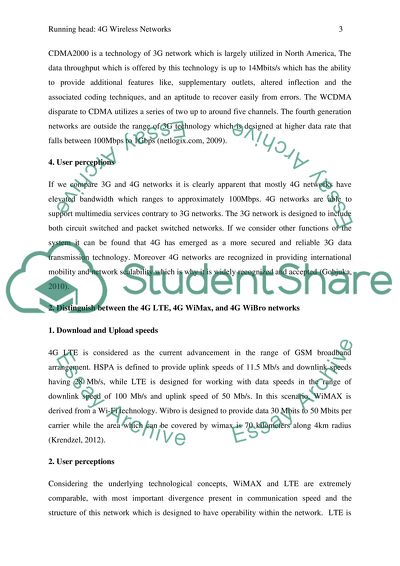Cite this document
(“4G Wireless Networks Research Paper Example | Topics and Well Written Essays - 1000 words - 1”, n.d.)
Retrieved from https://studentshare.org/information-technology/1482947-4g-wireless-networks
Retrieved from https://studentshare.org/information-technology/1482947-4g-wireless-networks
(4G Wireless Networks Research Paper Example | Topics and Well Written Essays - 1000 Words - 1)
https://studentshare.org/information-technology/1482947-4g-wireless-networks.
https://studentshare.org/information-technology/1482947-4g-wireless-networks.
“4G Wireless Networks Research Paper Example | Topics and Well Written Essays - 1000 Words - 1”, n.d. https://studentshare.org/information-technology/1482947-4g-wireless-networks.


